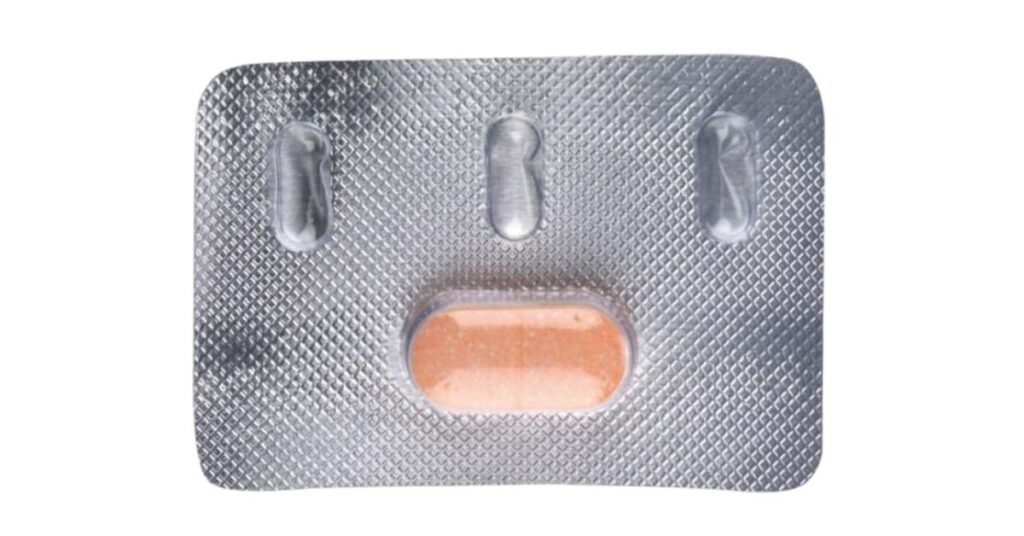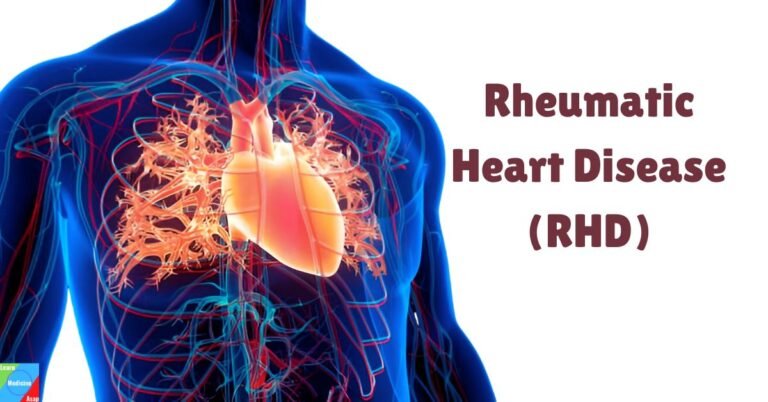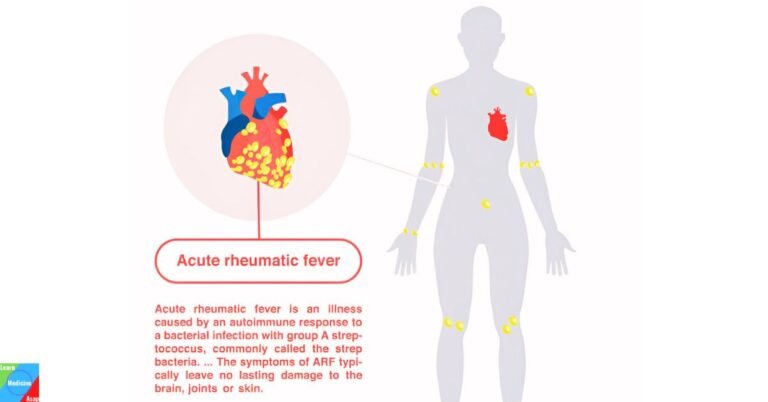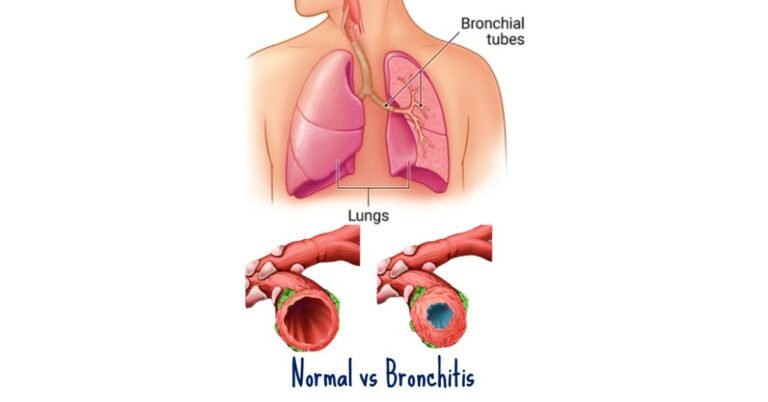Generic names: Albendazole
Brand names: Albenza
Drug class: Anthelmintics (Antihelminthic) agents
Uses | Mechanism of Action | Side Effects | Dosage | Precautions | Interactions | Toxicity | FAQs
What is albendazole?
Albendazole is a medication used primarily to treat a range of parasitic infections in humans and animals. It belongs to a class of drugs known as anthelmintics. This versatile drug has been an essential tool in the fight against parasitic infections worldwide.

What is albendazole used for?
Albendazole is a versatile medication with a range of uses, primarily centered around its effectiveness in treating parasitic infections. Its wide spectrum of activity makes it an essential medication in medical parasitology.
Hydatid disease:
- Albendazole is a critical component in the management of cystic hydatid disease, which is caused by the tapeworm Echinococcus granulosus. This condition can lead to the formation of large cysts in various organs, such as the liver and lungs. Albendazole is used to reduce the size and viability of these cysts, making them easier to remove surgically.
Neurocysticercosis:
- Albendazole is utilized to treat neurocysticercosis, a condition resulting from the presence of larval cysts of the tapeworm Taenia solium in the brain or other tissues. The medication helps to kill and resolve these cysts, reducing neurological symptoms and preventing complications.
Treatment of intestinal worm infections:
- Ascariasis: Albendazole is commonly used to treat Ascariasis, which is caused by the roundworm (Ascaris lumbricoides). This infection affects millions of people worldwide, particularly in areas with poor sanitation.
- Hookworm Infections: Hookworm infections caused by Ancylostoma and Necator species are effectively treated with albendazole. These parasites attach to the intestinal wall, causing anemia and other complications.
- Whipworm Infections: Trichuriasis, caused by the whipworm (Trichuris trichiura), is another condition that albendazole can address. This parasite affects the large intestine and can lead to gastrointestinal symptoms.
- Pinworm Infections: Albendazole is used to treat Enterobius vermicularis infections, commonly known as pinworm infections. These parasites primarily affect the intestines and are prevalent in children.
Strongyloidiasis:
- Strongyloidiasis, caused by the threadworm Strongyloides stercoralis, is treated with albendazole. This parasite can cause a range of gastrointestinal and skin-related symptoms.
Microsporidiosis:
- Albendazole has also been explored as a treatment for certain types of microsporidial infections, though its efficacy in this regard is still under investigation.
It’s important to note that the use of albendazole should always be prescribed and monitored by a healthcare professional.
What is the mechanism of action of albendazole?
The mechanism of action of albendazole involves disrupting critical processes in parasitic worms, specifically, interfering with the parasites’ ability to absorb glucose, leading to their eventual death. It immobilizes the parasites and prevents them from reproducing, ultimately eradicating the infection from the body.
- Inhibition of Microtubule Formation: Albendazole interferes with the assembly and maintenance of microtubules, which are essential structural components of the cytoskeleton in both the host and the parasitic worms. Microtubules are crucial for various cellular processes, including cell division, maintenance of cell shape, and intracellular transport.
- Disruption of Cellular Function: By binding to tubulin, a protein required for microtubule formation, albendazole prevents the polymerization of tubulin molecules into microtubules. This disruption leads to the destabilization of existing microtubules in the parasite’s cells.
- Inhibition of Nutrient Uptake: Albendazole interferes with the parasites’ ability to absorb essential nutrients, including glucose, from the host’s digestive system. Glucose is a primary energy source for many organisms, including parasitic worms. By disrupting the absorption of glucose, albendazole deprives the parasites of the energy required for their metabolic processes. This nutrient deprivation further weakens the parasites and contributes to their eventual death, as they are unable to maintain their vital functions.
- Paralysis of Parasitic Worms: Without functional microtubules, the muscle and nerve cells of parasitic worms are unable to contract and coordinate movement effectively. As a result, the parasites become paralyzed and are unable to maintain their position within the host’s body or resist expulsion.
- Enhanced Immune Response: The presence of dead or dying parasites in the host’s body triggers an immune response. The immune system recognizes and eliminates the parasites more effectively once they are weakened or paralyzed by albendazole.
- Elimination of Parasites: Eventually, the paralyzed or weakened parasites are expelled from the host’s body through natural processes such as bowel movements.
What are the side effects of albendazole?
While Albendazole is highly effective, it may cause some side effects. These side effects can vary in severity, with some being common and relatively mild, while others are more serious. It’s important to be aware of these potential adverse reactions:
Common side effects:
- Gastrointestinal Symptoms: Albendazole often elicits gastrointestinal symptoms, notably nausea and vomiting. Additionally, some individuals may experience mild abdominal discomfort or cramping, along with episodes of loose or frequent bowel movements.
- Dizziness: Some people may feel lightheaded or dizzy while taking albendazole.
- Headache: Headaches, ranging from mild to moderate, can occur as a side effect of the medication.
- Fatigue: Feeling tired or experiencing a decrease in energy levels is another common side effect.
Serious side effects:
- Allergic Reactions: While rare, some individuals may develop allergic reactions to albendazole. Symptoms can include hives, itching, swelling of the face, lips, tongue, or throat, and difficulty breathing. An allergic reaction is a medical emergency and requires immediate attention.
- Liver Problems: Albendazole can occasionally affect liver function. Signs of liver problems may include yellowing of the skin or eyes (jaundice), dark urine, pale stools, abdominal pain, or unexplained fatigue. If any of these symptoms occur, it’s crucial to contact a healthcare professional promptly.
- Blood Disorders: Rarely, albendazole may lead to changes in blood cell counts. This can result in symptoms such as easy bruising, bleeding, or an increased susceptibility to infections.
- Neurological Symptoms: In cases of neurocysticercosis, albendazole treatment may cause neurological symptoms to worsen temporarily due to inflammation caused by the death of parasites in the brain. These symptoms can include seizures, severe headaches, confusion, and visual disturbances. If you experience these symptoms, seek immediate medical attention.
- Pregnancy and Fetal Harm: Albendazole is generally not recommended during pregnancy, particularly in the first trimester, as it may harm the developing fetus. Women of childbearing age should use effective contraception during treatment with albendazole and for a specific period afterward, as advised by their healthcare provider.
What is the dosage for albendazole?
The dosage of Albendazole varies depending on the type and severity of the infection. It is typically taken as a single dose or as directed by a healthcare professional. Common dosages include:
Intestinal worm infections (Ascariasis, Hookworm, Whipworm, Pinworm):
- For adults and children above 2 years of age, a typical dose is a single tablet of 400 milligrams (mg) as a one-time treatment.
- For children aged 1 to 2 years, a reduced dose may be prescribed, usually 200 mg as a single dose.
Cystic hydatid disease (Hydatid cysts):
- The dosage for hydatid disease is typically higher and administered for a longer duration. The standard adult dose is 400 mg twice daily, with meals, for 28 days. This treatment cycle may be repeated, if necessary, with a break in between.
- Pediatric dosing for hydatid disease depends on the child’s weight and is determined by a healthcare provider.
Neurocysticercosis (Cysticercosis in the brain):
- The usual dosage for neurocysticercosis is 400 mg twice daily, with meals, for 8 to 30 days. The duration of treatment depends on the severity of the condition and the patient’s response to therapy.
- Pediatric dosing for neurocysticercosis should be determined by a healthcare provider based on the child’s weight.
Strongyloidiasis:
- For strongyloidiasis, the typical dose is 200 mg twice daily for 3 days.
Microsporidiosis:
- The dosing for microsporidial infections may vary depending on the specific pathogen and the patient’s condition. Dosage recommendations should be provided by a healthcare provider.
It is crucial to follow the prescribed dosage and treatment duration precisely as instructed by your healthcare provider. Albendazole is usually taken with food to enhance its absorption. If you miss a dose, take it as soon as you remember, but avoid taking a double dose to make up for it. It is important to complete the full course of treatment, even if you start feeling better before finishing the medication.
For children or individuals who have difficulty swallowing tablets, the medication can be crushed and mixed with a small amount of food (e.g., applesauce) for easier administration.
What are the precautions to consider when taking albendazole?
When taking albendazole, it is essential to be aware of certain warnings and precautions to ensure your safety and the effectiveness of the treatment. Before taking Albendazole, consider the following precautions:
- Albendazole is a prescription medication. Do not use it without a doctor’s prescription, and follow your healthcare provider’s instructions carefully.
- Inform your healthcare provider of any known allergies to albendazole or any other medications. Allergic reactions can be severe and may include symptoms such as hives, itching, swelling of the face, lips, tongue, or throat, and difficulty breathing. If you notice any indications of an allergic response, it is crucial to promptly seek medical assistance.
- It is generally advised to avoid using Albendazole during pregnancy, particularly in the initial trimester, as it may pose potential risks to the developing baby. If you are pregnant or planning to become pregnant, discuss the risks and benefits of the medication with your healthcare provider.
- Similarly, if you are breastfeeding, consult your healthcare provider before taking albendazole, as the drug may pass into breast milk.
- If you are of childbearing age and sexually active, it is crucial to use effective contraception during albendazole treatment and for a specific period after treatment, as advised by your healthcare provider, to prevent pregnancy while taking the medication.
- Albendazole can affect liver function in some individuals. Inform your healthcare provider if you have a history of liver disease or experience symptoms of liver problems, such as jaundice (yellowing of the skin or eyes), dark urine, or abdominal pain.
What drugs interact with albendazole?
Albendazole may interact with other medications, potentially altering their effectiveness. Medications that may interact with Albendazole include:
- Cimetidine: Cimetidine, a stomach acid reducer, can increase albendazole levels in the bloodstream, potentially leading to more side effects. Dose adjustments may be necessary.
- Dexamethasone: Combined with albendazole, dexamethasone reduces inflammation in neurocysticercosis. Careful monitoring and dosage adjustments are essential.
- Praziquantel: Used together, praziquantel and albendazole may enhance effectiveness against specific parasites, with dosages determined by healthcare providers.
- Grapefruit Juice: Grapefruit juice inhibits liver enzymes responsible for drug metabolism, potentially elevating albendazole levels in the bloodstream. Avoid grapefruit juice while taking albendazole.
Toxicity
Albendazole is generally safe when used as directed. However, in rare cases of overdose, it can lead to toxicity symptoms such as:
- Severe abdominal pain
- Vomiting
- Seizures
- Hair loss
- Low levels of white blood cells (neutropenia)
Frequently Asked Questions
Is Albendazole suitable for children?
Yes, Albendazole can be administered to children, but the dosage should be adjusted based on their weight and age.
How long does it take for Albendazole to take effect?
The onset of Albendazole’s effectiveness varies depending on the type of infection. Some individuals may experience improvement within a few days, while others may require several weeks to achieve the full benefit.
Are there any dietary restrictions when taking Albendazole?
It is advisable to take Albendazole with a meal containing some fat, as this improves its absorption. However, specific dietary restrictions are generally unnecessary.
Can I consume alcohol while using Albendazole?
Alcohol does not typically interact significantly with Albendazole. Nevertheless, it is advisable to consult your healthcare provider for personalized advice.
Is Albendazole safe to use during pregnancy?
Albendazole is generally not recommended during pregnancy, especially during the first trimester. Pregnant women should consult their healthcare provider for alternative treatments.
What should I do if I forget to take a dose of Albendazole?
Take it as soon as you remember. However, if your next scheduled dose is approaching, skip the missed one and continue with your regular dosing schedule.
Is Albendazole available over-the-counter (OTC)?
No, Albendazole is a prescription medication and is not available without a doctor’s prescription.
How should Albendazole be stored?
Albendazole should be stored in a cool, dry place, away from direct sunlight, and out of reach of children.
Takeaway
Albendazole is a valuable medication in the treatment of parasitic infections. With its wide range of applications, mechanism of action, and dosage guidelines, it has proven to be effective in improving the health of individuals affected by these infections. However, it’s crucial to be aware of potential side effects, precautions, and interactions. Always consult with a healthcare professional for personalized advice on Albendazole use.
References
- Keiser, J., & Utzinger, J. (2010). The drugs we have and the drugs we need against major helminth infections. Advances in Parasitology, 73, 197-230.
- Horton, J. (2000). Albendazole: a review of anthelmintic efficacy and safety in humans. Parasitology, 121(S1), S113-S132.
- Albonico, M., & Montresor, A. (2010). Soil-transmitted helminthiasis and its control. In Advances in Parasitology (Vol. 73, pp. 1-31). Academic Press.
- Eze, A. A., & Chandler, J. D. (2013). Global assessment of the impact of albendazole in the treatment of soil-transmitted nematode infections in 2010. Parasites & Vectors, 6(1), 1-9.



